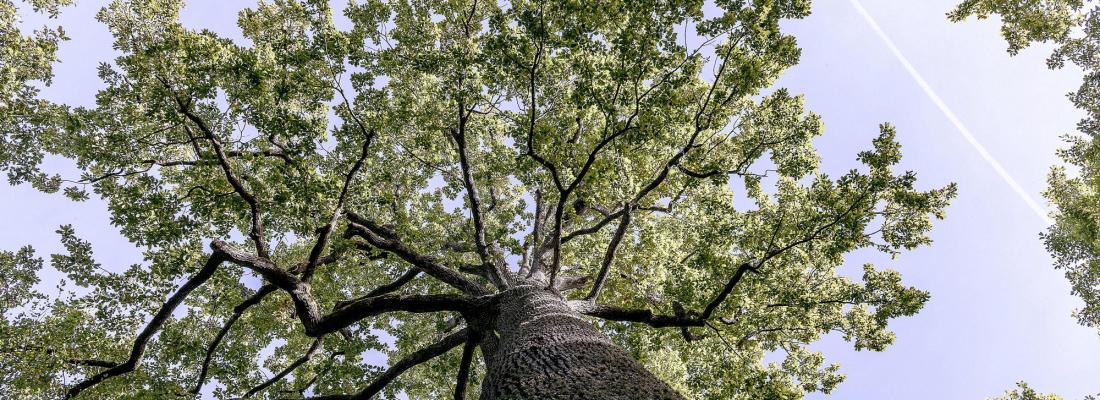Climate change and risks Reading time 2 min
Choosing the best seeds to help sessile oaks adapt to future climates
Published on 20 June 2022

* Tree population: a population of a tree species is a group of trees from the same region that grew in the same environment (soil, climate, forest management, etc.).
The drought of 1976, which affected France and portions of Europe between the autumn of 1975 and the summer of 1976, resulted in an increase in the mortality of forest trees, particularly pedunculate oaks. The decline led to research on the adaptation of oaks in general and particularly sessile oaks, which remain the most planted deciduous species in France. The ONF and INRAE joined forces and gathered a collection of 110 sessile oak populations - 70 from France and 40 from elsewhere in Europe - on four experimental sites located in the French departments of Sarthe, Cher, Nièvre and Moselle. For 30 years, the scientists studied the evolution of the traits of interest of these oaks (survival, growth, shape, ability to adapt to climatic variations) and their genetic variability. The goal was to identify the best seed sources for planting sessile oaks best suited to future climates.
Surprisingly, the research team found that oak populations with similar traits and similar genetic variations did not cluster according to the 19 geographic areas of origin of sessile oaks, areas defined by their climatic homogeneity (referred to as "regions of provenance"). What the study did show, however, was the effects of silviculture on the organization and variation of traits presented by the oaks. That is, oak trees with the best compromise between survival, growth, ability to adapt to climatic variations and tree shape came from regions with a long tradition of silviculture, sometimes going back to the Middle Ages, such as Bourbonnais, Berry and the Loire Basin. Indeed, in these regions, man has been selecting the trees for several generations for these very characteristics.
The scientists present several recommendations to ensure the success of sessile oak plantations, which would in turn help forests adapt to future climates. They identified 34 oak populations with good combinations of traits as seed sources for future plantings. They also emphasize the importance of mixing seed sources to maintain genetic diversity in plantations, which is essential for adapting to climate change.
References
Girard, Q., Ducousso, A., de Gramont, C.B. et al. Provenance variation and seed sourcing for sessile oak (Quercus petraea (Matt.) Liebl.) in France. Annals of Forest Science 79, 27 (2022). https://annforsci.biomedcentral.com/articles/10.1186/s13595-022-01140-0
Ducousso, A., Ehrenmann, F., Girard, Q. et al. Long-term and large-scale Quercus petraea population survey conducted in provenance tests installed in France. [Data paper]. Data INRAE repository. Annals of Forest Science 79, 26 (2022). https://annforsci.biomedcentral.com/articles/10.1186/s13595-022-01141-z
